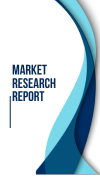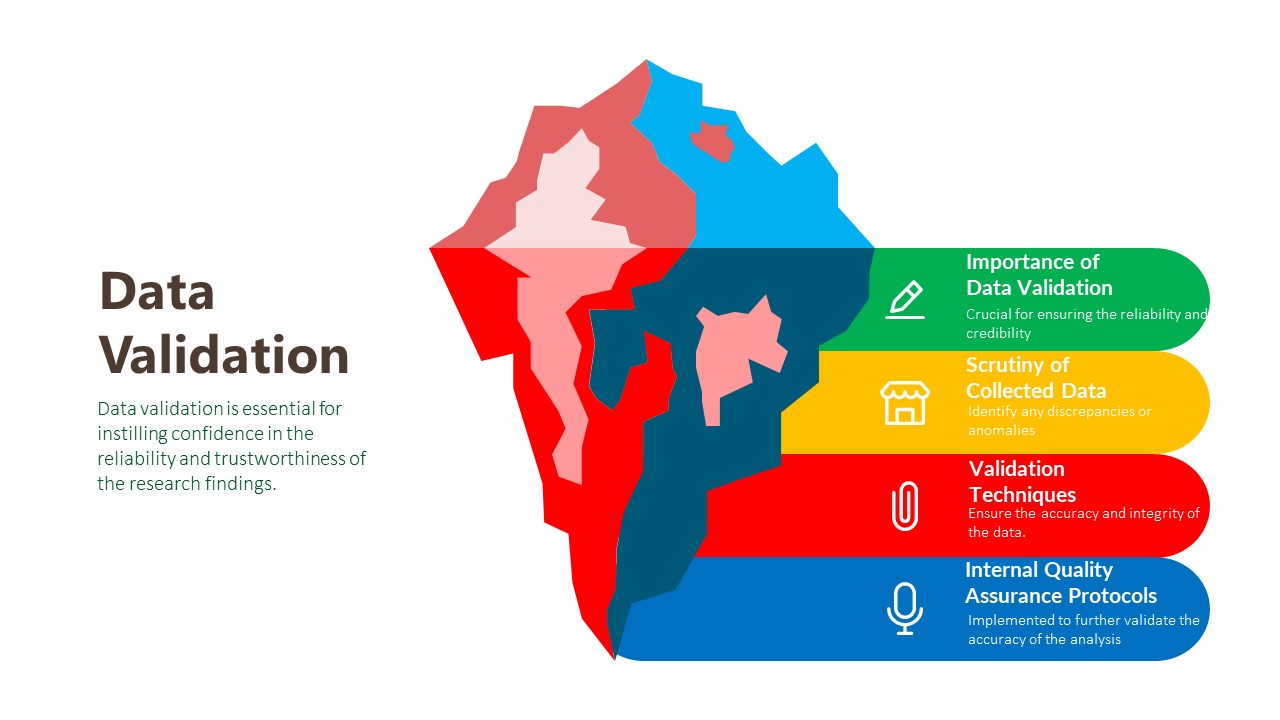Menu

Achondroplasia is the most common skeletal dysplasia that results in marked short stature which is called Dwarfism. It is a human bone genetic disorder of the growth plate and is the most common form of inherited disproportionate short stature. Achondroplasia is a rare genetic disorder. The affected individuals have rhizomelic features with frontal bossing and midface retrusion. Achondroplasia is inherited in an autosomal dominant manner. Around 80% of individuals with achondroplasia have parents with average stature and have achondroplasia as the result of a de-novo pathogenic variant. An individual with Achondroplasia who has a reproductive partner with average stature is at 50% risk in each pregnancy of having a child with Achondroplasia. Having homozygous achondroplasia is a lethal condition. In infancy, hypotonia is typical, and the acquisition of developmental motor milestones is often aberrant in pattern and delayed.
Neurological impairment is caused by compression created as the child grows faster than their bones. Arrested bone growth at the base of the skull and the spine can cause the spinal cord and brain stem to become compressed. This can compress key Achondroplasia can be diagnosed by characteristics of clinical and radiographic findings in most affected individuals. In individuals with whom there is diagnostic uncertainty or who have atypical findings identification of a heterozygous pathogenic variant in FGFR3 can establish the diagnosis. The most prevalent bone dysplasia in humans is achondroplasia, which affects about 1 in 20,000 live births. The global market of achondroplasia is anticipated to grow over the forecast period due to increasing awareness for early diagnosis of congenital illness.
Global Achondroplasia Market – Competitive Landscape
The competitive landscape in the global achondroplasia market is characterized by different pharmaceutical companies, biotechnology firms, and research institutions that are actively engaged in addressing the medical needs of individuals with achondroplasia. Companies invest significant resources to bring innovative treatment options to the market and their progress is closely monitored by the medical community and individuals affected by the condition.
Some key players in the Global Achondroplasia Market include –
Global Achondroplasia Market – Growth Drivers
Achondroplasia is a rare disorder that can be treated in various ways such as surgical treatment, hormone therapy, ongoing health care, and limb lengthening. Therefore, pharmaceutical companies are focusing on product development in the treatment of achondroplasia. Ongoing advancements in genetic and molecular research have deepened our understanding of achondroplasia’s mechanism. Strong patient awareness is driving the demand for research and treatment options. A surge in clinical trials for Achondroplasia treatments showcases the pharmaceutical industry’s commitment to addressing the condition. The emphasis on improving the overall quality of life for individuals with achondroplasia is driving the development of supportive care measures, surgical techniques, and non-pharmacological interventions.
Global Achondroplasia Market – Restraints
Due to rare disorder achondroplasia results in a smaller number of patient population. According to the Food and Drug Administration (FDA), over 7000 rare diseases affect more than 30 million people in the United States. A limited number of patients affected by this condition can hinder clinical trials and make it more challenging to attract investment in research and development. Due to rare diseases, its research cost is also too expensive. Also, to development of new therapies and drugs for this disease takes a long time from preclinical research to regulatory approval, and in the case of rare diseases, it is more extended due to limited patient data and a smaller study population. Achondroplasia presents with different symptoms and complications beyond just short stature. Treating this kind of condition can be more complex. Access to the treatments can be further constrained by insurance coverage and healthcare policies, which may need to provide sufficient support for rare diseases like achondroplasia.
Global Achondroplasia Market – Opportunities
Developing specialized orthopedic devices and tools that manage achondroplasia-related musculoskeletal issues. Exploring various opportunities that provide treatment options for achondroplasia. Regulatory agencies are providing development and approval therapies for rare genetic disorders like achondroplasia.
Global Achondroplasia Market – Geographical Insight
Geographically, the market is segmented into North America, Europe, Asia Pacific, Latin America, Middle East, Europe and Africa. In North America and Europe, where the prevalence of achondroplasia is relatively higher well -well-established healthcare systems and proactive patient advocacy have led to advanced diagnostic services and a broader range of treatment options. However, the global nature of this market is fostering collaboration and sharing, bridging geographical barriers.
Global Achondroplasia Market – Key development
Research Methodology: Aspects
Market research is a crucial tool for organizations aiming to navigate the dynamic landscape of customer preferences, business trends, and competitive landscapes. At Cognizance Market Research, acknowledging the importance of robust research methodologies is vital to delivering actionable insights to our clientele. The significance of such methodologies lies in their capability to offer clarity in complexity, guiding strategic management with realistic evidence rather than speculation. Our clientele seek insights that excel superficial observations, reaching deep into the details of consumer behaviours, market dynamics, and evolving opportunities. These insights serve as the basis upon which businesses craft tailored approaches, optimize product offerings, and gain a competitive edge in an ever-growing marketplace.
The frequency of information updates is a cornerstone of our commitment to providing timely, relevant, and accurate insights. Cognizance Market Research adheres to a rigorous schedule of data collection, analysis, and distribution to ensure that our reports reflect the most current market realities. This proactive approach enables our clients to stay ahead of the curve, capitalize on emerging trends, and mitigate risks associated with outdated information.
Our research process is characterized by meticulous attention to detail and methodological rigor. It begins with a comprehensive understanding of client objectives, industry dynamics, and research scope. Leveraging a combination of primary and secondary research methodologies, we gather data from diverse sources including surveys, interviews, industry reports, and proprietary databases. Rigorous data analysis techniques are then employed to derive meaningful insights, identify patterns, and uncover actionable recommendations. Throughout the process, we remain vigilant in upholding the highest standards of data integrity, ensuring that our findings are robust, reliable, and actionable.
Key phases involved in in our research process are mentioned below:

Understanding Clients’ Objectives:
Extensive Discussions and Consultations:
Industry and Market Segment Analysis:
Target Audience Understanding:

Identifying Challenges and Opportunities:
Grasping Specific Goals:
Data Collection:

Primary Research Process:
Secondary Research Process:


Data Analysis:
The data analysis phase serves as a critical juncture where raw data is transformed into actionable insights that inform strategic decision-making. Through the utilization of analytical methods such as statistical analysis and qualitative techniques like thematic coding, we uncover patterns, correlations, and trends within the data. By ensuring the integrity and validity of our findings, we strive to provide clients with accurate and reliable insights that accurately reflect the realities of the market landscape.

Transformation of Raw Data:
Utilization of Analytical Methods:
Statistical Analysis:
Qualitative Analysis Techniques:
Integrity and Validity Maintenance:
Data Validation:
The final phase of our research methodology is data validation, which is essential for ensuring the reliability and credibility of our findings. Validation involves scrutinizing the collected data to identify any inconsistencies, errors, or biases that may have crept in during the research process. We employ various validation techniques, including cross-referencing data from multiple sources, conducting validity checks on survey instruments, and seeking feedback from independent experts or peer reviewers. Additionally, we leverage internal quality assurance protocols to verify the accuracy and integrity of our analysis. By subjecting our findings to rigorous validation procedures, we instill confidence in our clients that the insights they receive are robust, reliable, and trustworthy.

Importance of Data Validation:
Scrutiny of Collected Data:
Validation Techniques:
Internal Quality Assurance Protocols:
We can customize every report – free of charge – including purchasing stand-alone sections or country-level reports
We help clients to procure the report or sections of the report at their budgeted price. Kindly click on the below to avail

Cognizance market research is continuously guiding customers around the globe towards strategies for transformational growth. Today, businesses have to innovate more than ever before, not just to survive, but to succeed in the future

© 2023 All rights Reserved. Cognizance Market Research